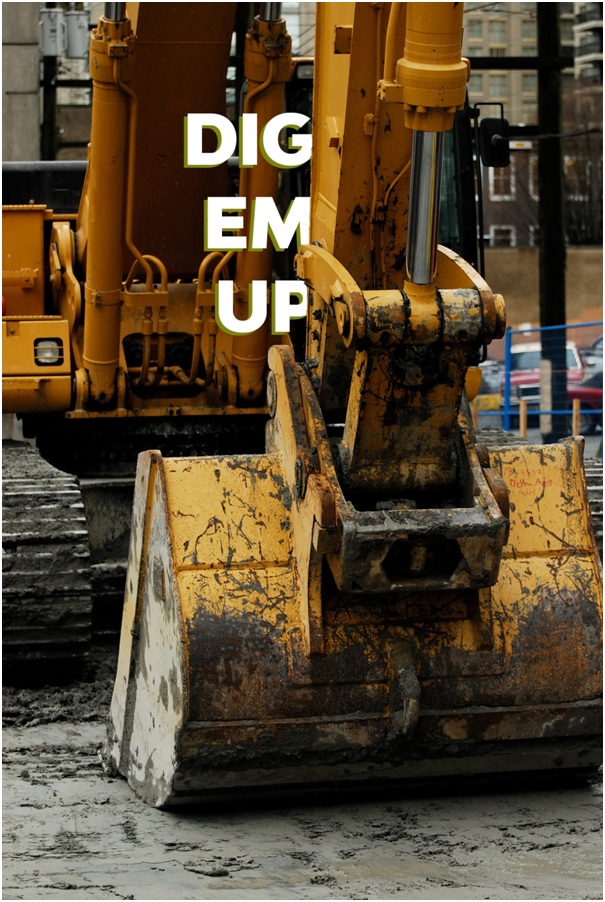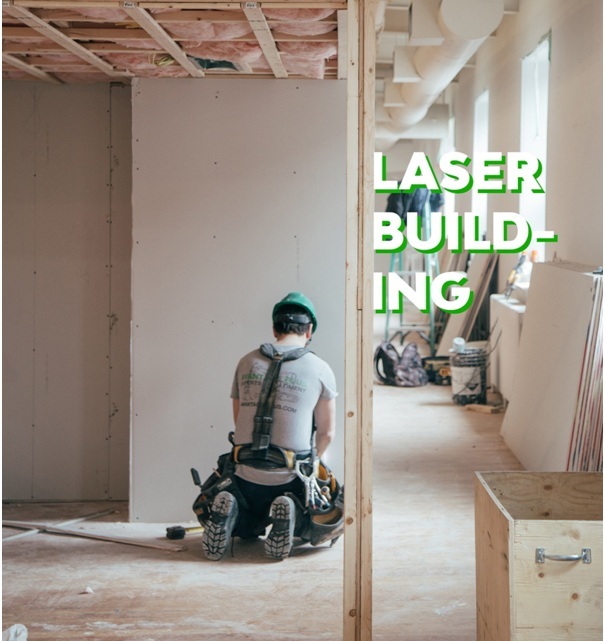If you are looking for the daily life application of laser tools, there are 8 major use cases of laser tools in day-to-day occupation and applications. Brought to you by Maxiline, here’s them listed out.
- Builder
Rotary laser levels and cross line laser levels are the two most used laser tools for builders. These longer-range laser levels are better to measure at a distance which is perfect for outdoor building.
These laser levels are beneficial for the builders to measure the alignment of structures, including walls, pipes and wires to ensure the compliance to the building plan and the associated structural integrity of the building.
Because of the mostly outdoor use case, a laser receiver is crucial as the Class 2 laser from the laser levels are not visible under sunlight.
- Plumbing
One of the most common use of laser tools in plumbing is the alignment of the pipes, be it vertical or horizontal. Especially when installing major pipes, ensuring the alignment is essential for the pipe to fit straightly between two outlets.
Laser levels are also crucial in planning out the pipes before installation in order to minimize the influence on the appearance of the house.
Great planning and minimal bends are better for the long-term maintenance with less scum accumulation in twists.
- Tiling
While it is a ground job, the use of laser tools in tiling is very common especially in wider laying grounds. Because tiles are not perfectly straight and might be misaligned during the process, constant checking of the alignment of the tiles are crucial for the final appearance of the tiles.
Line laser levels are greatly used in tiling with its straight-line projection onto the ground while smaller cross line laser levels help when focusing on laying down the tiles.

- Surveyor
While most of us expect surveyors using dumpy and digital levels, rotary laser levels are also commonly used for measuring the levelness of the project. With the overall balance and the building plan in mind, rotary laser levels help surveyors in similar way as it aids builders.
- Electrician
The use of laser tools for electrician is mostly similar to the benefits to plumbers. While planning and alignment are helpful to enhance the appearance of exposed wiring, better planning of wires is also beneficial in other ways.
Great wire planning can minimize the length of wire required to cut down the cost for the project, especially when more expensive materials like a CAT6A fiber cable is used. The reduced wire is also helpful for maintenance and cleaning.
- Fit Out
Like using a bubble level, laser levels simplify the fit-out process with easier levelling, as many laser levels feature some form of automatic levelling. The extended range of levelling by laser is helpful for installing multiple wall-mounted furniture on the same horizontal plane.
Lasers are also helpful for aligning pipes and wires for electrical appliances like air conditioning and washing machines.

- I.Y.
For interior refurbishments or large D.I.Y. projects, laser tools help on every line-up need. The use of laser tools for D.I.Y. projects are basically up to your imagination.
When I am working on a table or a bench, I tend to use a line laser to ensure the alignment and to satisfy my inner perfectionist. Some of my friends also use laser levels for their computer case mods.
- Earthworks
This has to be the largest laser levels and use cases. For machines that flatten the ground or need to be aligned to the surface, rotary lasers and a machine-mounted laser receiver is required to ensure the stability of the machinery before digging up our precious soil.











